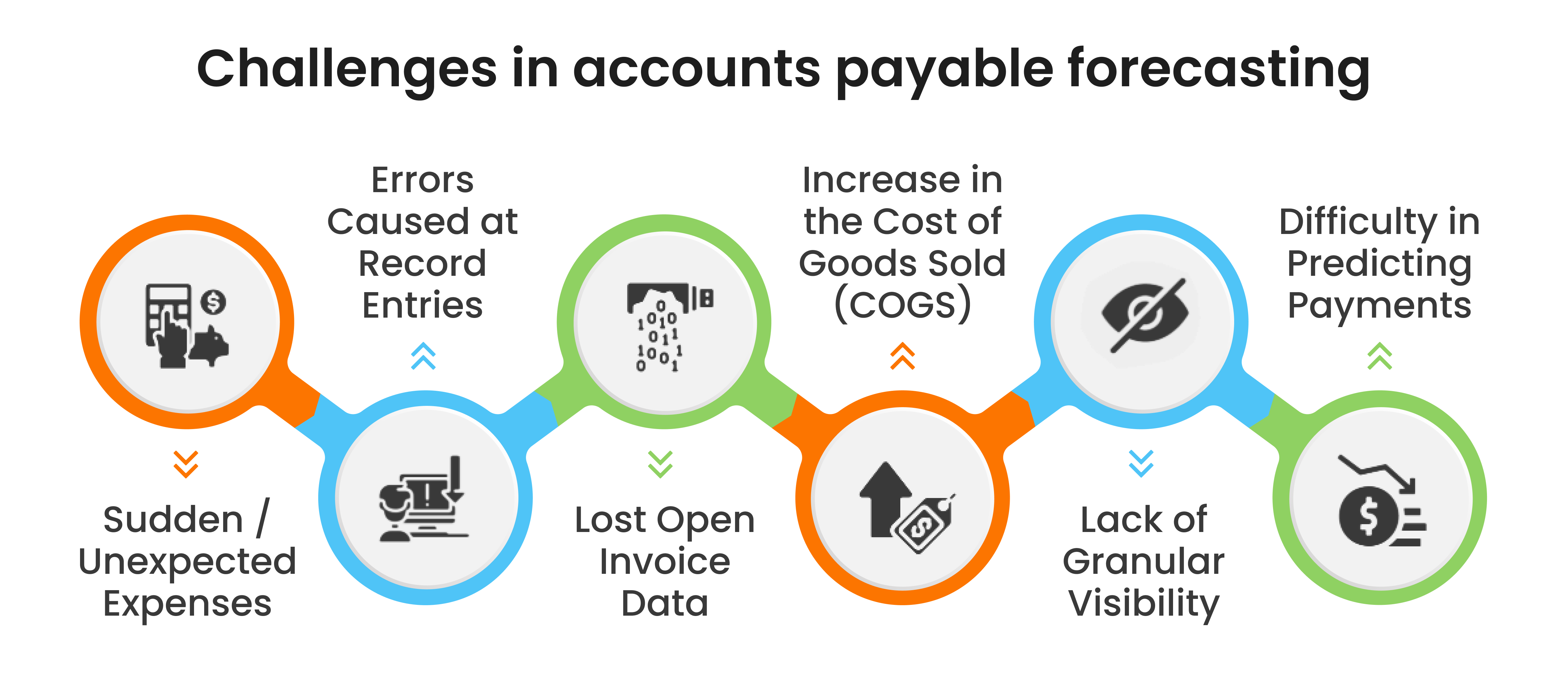Accounts Receivable (AR) forecasting is dependent on the customers who may or may not always stick to agreed-upon payment terms. This adds an element of uncertainty to the process which makes AR the most challenging category to forecast for treasury professionals.
AR management becomes increasingly difficult as a company grows larger. For an enterprise, it becomes complicated due to scattered data across many business units. Companies may face various issues, including poor receivables administration and time-consuming reporting processes.

Several factors like seasonal trends, business cycles, credit scores, customer payment behavior, and disputes and discounts increase unpredictability in A/R forecasting, leading to low accuracy.
AI extracts all relevant data from ERPs and analyzes it to create granular forecasts for AR cash flows.
Advanced AI models predict invoice payment dates using customer invoice data from ERP like the average days it took to pay invoices and specific business seasons when invoices are paid faster or slower. AI models also identify and track key factors that influence customers’ payment rates like seasonal business changes and invoice amounts to help create forecasts.
Similarly, AI and ML models help in predicting the time period beyond most open invoice dates using sales order data from the ERP. Treasury management solutions also integrate with ERPs to automatically override forecasted invoice payment dates based on the customers’ promise-to-pay dates.
Example
To forecast AR cash flows in the US, instead of just using bank data, AI will pull invoice data from ERP and predict account-specific payment patterns. This creates a better bottom-up estimate of cash from AR in the US for the next 45 days.
|









